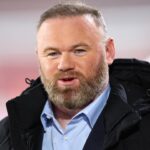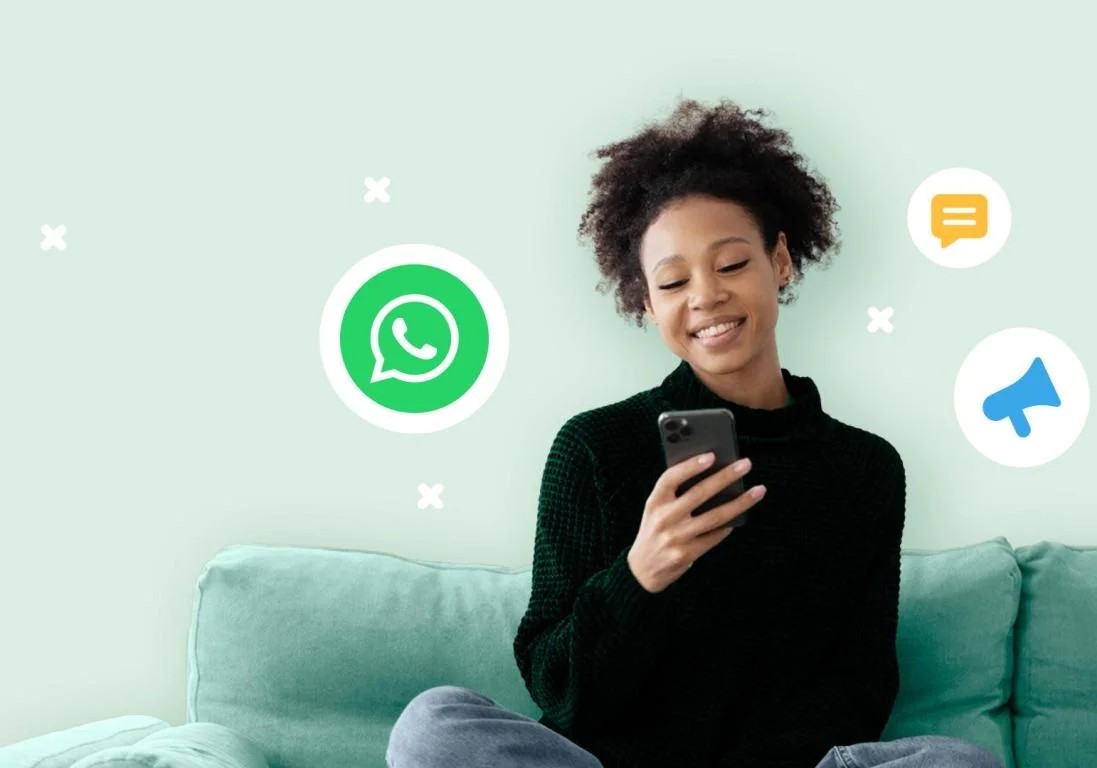A R3.2 billion bailout from the government and a turnaround plan has failed to rescue the South African Broadcasting Corporation (SABC), which remains technically insolvent. The state-owned broadcaster is plagued by financial mismanagement, corruption allegations, and the inability to adapt to modern digital demands.
For years, the SABC has struggled to remain financially stable, facing challenges like unpaid TV licences, inefficient management, and declining advertising revenues. Its most recent annual report, tabled for the 2023/24 financial year, has further highlighted its financial woes, revealing a loss of R192 million before interest and tax.
The Decline of a National Broadcaster
The SABC has long struggled with unpaid TV licence fees, worsened by South Africa’s growing shift towards global streaming platforms like Netflix and YouTube. Many South Africans have moved to non-traditional viewing platforms, reducing the broadcaster’s audience share. As a result, fewer people are paying their TV licence fees, causing a compliance rate drop to an all-time low of just 14.40%.
A more worrying development is that the SABC is now technically insolvent, with liabilities outweighing its assets. The 2023/24 balance sheet presented to Parliament painted a dire picture. The corporation’s financial troubles are largely attributed to employee retirement benefit obligations, which have escalated since 2020. This negative equity balance places the SABC in a dangerous financial position and has raised alarm bells about its sustainability.
Corruption, Mismanagement, and a Failing Strategy
The challenges faced by the SABC are not only financial but also structural. Allegations of widespread corruption and management inefficiencies have plagued the state broadcaster for years. Former SABC board member Mathatha Tsedu, speaking in 2023, revealed how the board had to intervene in procurement processes to prevent fraudulent contracts. These contracts, including those involving the controversial Gupta family, were cancelled to stabilise the SABC’s finances.
Though the board’s interference was criticised by a High Court ruling, Tsedu defended the actions, saying they were necessary to prevent the broadcaster from collapsing under the weight of corruption. Yet, this interference has also raised questions about governance and the overreach of the board into the day-to-day operations of the SABC.
On top of these internal challenges, the government’s mismanagement of the transition from analogue to digital TV broadcasting has cost the SABC dearly. The delayed switch-off of analogue TV sets resulted in the broadcaster losing 40% of its audience. This decline in viewership has further eroded its already struggling revenue streams, making recovery an even more difficult task.
The Failed R3.2 Billion Bailout
In 2020, the SABC received a massive bailout of R3.2 billion from the government, intended to turn around its financial situation. The funds were supposed to pay off the broadcaster’s debts and support its efforts to modernise. However, despite this substantial financial injection, the broadcaster remains in a worse position today.
Philly Mapulane, the former Deputy Minister of Communications, voiced concerns to Parliament in November 2023, admitting that the bailout had failed. “We are back to where we were, if not in a worse position,” Mapulane said, reflecting on the SABC’s inability to recover.
While the broadcaster has managed to cut costs and slightly increase advertising revenue, it is still struggling to remain competitive in the digital era. Its most recent presentation to Parliament revealed that the SABC is ‘materially uncertain’ about its ability to meet financial obligations in the next twelve months.
A Dismal Future
With no significant capital available for investment in new technology or innovation, the SABC is at risk of falling further behind modern digital platforms. The broadcaster is facing a future where its outdated infrastructure and reliance on traditional TV models will no longer be competitive in a rapidly evolving media landscape.
The SABC has stated that severe austerity measures are on the cards, including suspending over 80% of its long-term capital plans and significantly limiting its content investment. Without the ability to innovate or modernise, the broadcaster risks becoming irrelevant to its audience, placing it in an even worse position.
Where Does the Blame Lie?
Many within the media industry have pointed fingers at the government. William Bird, director of Media Monitoring Africa, has criticised the state’s handling of the SABC, suggesting that the government is largely to blame for the broadcaster’s continued struggles. “Most of the blame, almost exclusively, should be laid at the government’s door,” Bird said, commenting on how the botched digital migration and poor oversight have contributed to the SABC’s financial crisis.
The Road Ahead for SABC
As it stands, the SABC remains in a perilous position. While small signs of recovery have been noted, such as minor improvements in advertising revenue, the state broadcaster faces an uphill battle. Its survival may require even more government intervention, but without a clear strategy to embrace digital transformation, the SABC’s long-term future looks uncertain.
For now, South Africans will have to wait and see whether the SABC can truly turn things around or if the once-dominant broadcaster will continue its downward spiral.









